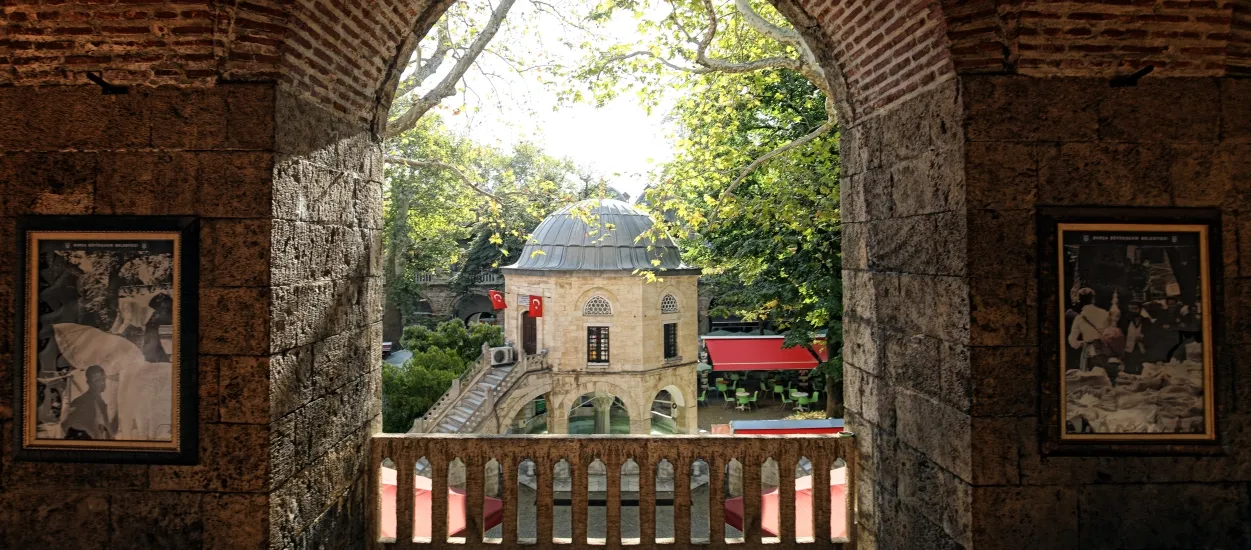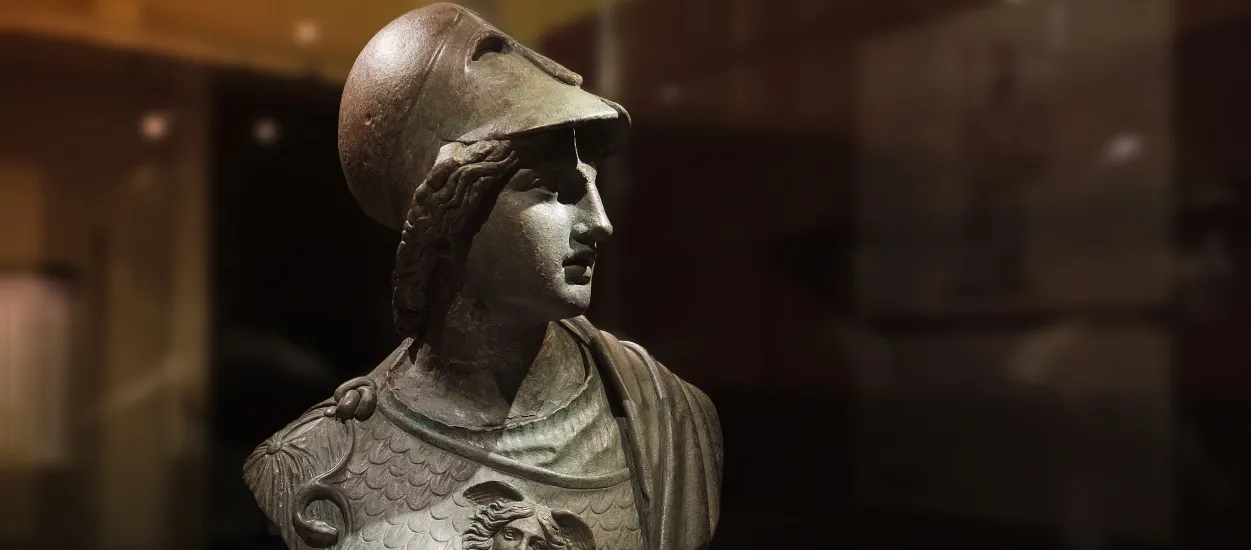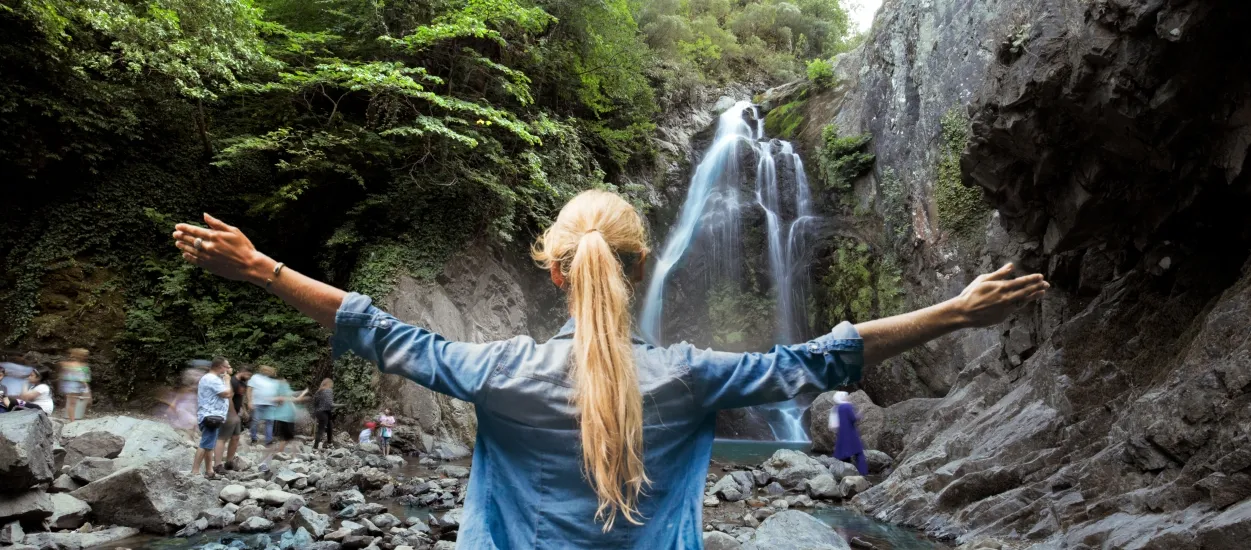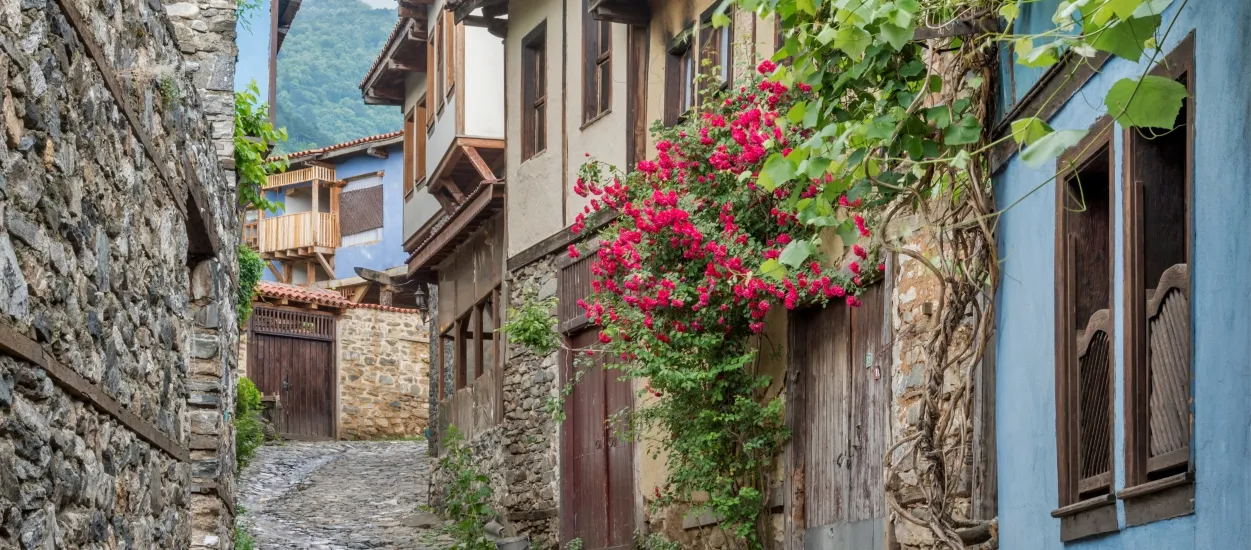Bursa's History
Discover Its Riches!
You can highlight Bursa's cultural heritage and historical sites and get acquainted with special guided tours for visitors.
More >

For All Requests, Complaints, and Questions
444 16 00

Check the Announcements section for the latest news.
İnternet sitemizde politikalarımızda belirtilen amaçlarla sınırlı ve mevzuata uygun şekilde çerezler kullanmaktayız. Detaylı bilgi için Çerez Ayarlarını inceleyebilirsiniz.













